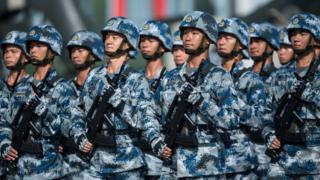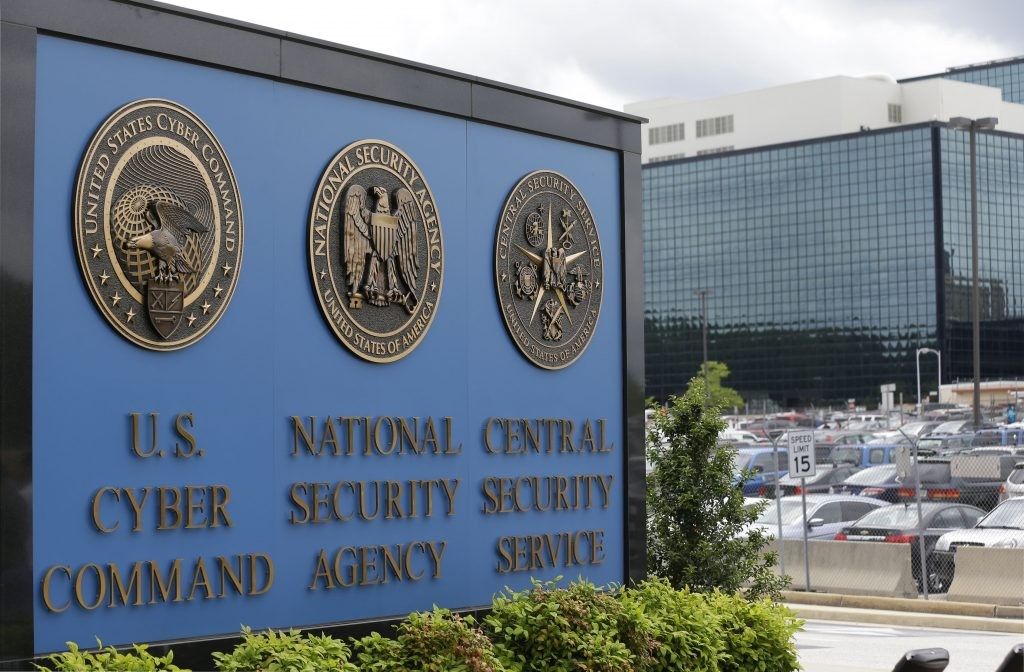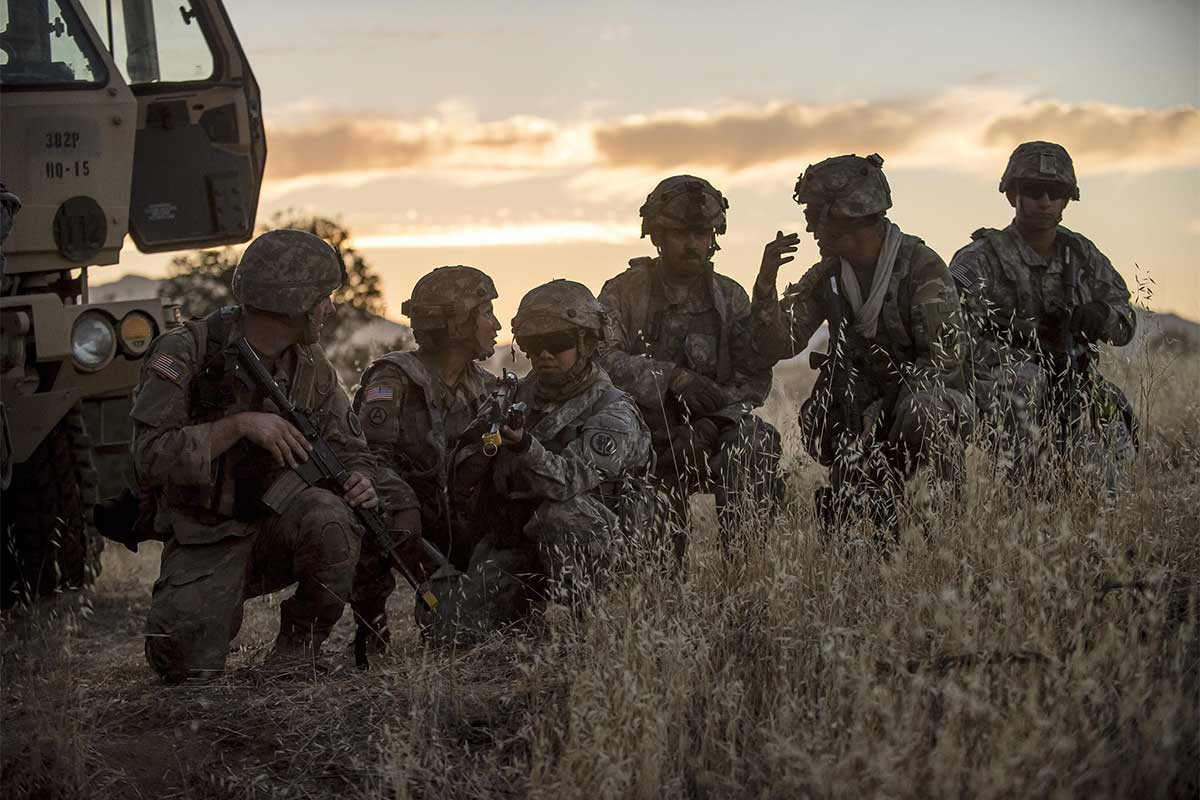Grand strategy comprises the "purposeful employment of all instruments of power available to a security community". The British Military historian B. H. Liddell Hart who introduced the term ‘grand strategy’ in academic discourse states:
The role of grand strategy is to co-ordinate and direct all the resources of a nation, or band of nations, towards the attainment of the political object of the war – the goal defined by fundamental policy.
Grand strategy should both calculate and develop the economic resources and man-power of nations in order to sustain the fighting services. Also the moral resources – for to foster the people's willing spirit is often as important as to possess the more concrete forms of power. Grand strategy, too, should regulate the distribution of power between the several services, and between the services and industry. Moreover, fighting power is but one of the instruments of grand strategy – which should take account of and apply the power of financial pressure, and, not least of ethical pressure, to weaken the opponent's will. ...
Furthermore, while the horizons of strategy is bounded by the war, grand strategy looks beyond the war to the subsequent peace. It should not only combine the various instruments, but so regulate their use as to avoid damage to the future state of peace – for its security and prosperity.
Grand strategy expands on the traditional idea of strategy in three ways:
Expanding strategy beyond military means to include diplomatic, financial, economic, informational, etc. means
Examining internal in addition to external forces – taking into account both the various instruments of power and the internal policies necessary for their implementation (conscription, for example)
Including consideration of periods of peacetime in addition to wartime
Christopher Layne states that grand strategy “must be grounded in a conception of the national interest”. Thinking in terms of national interest improves the quality of statecraft by forcing decision makers to ask the right questions- about the relations of ends to means, about what is desirable- when they formulate grand strategy.”
[ Layne, Christopher (2006). The Peace of Illusion: American Grand Strategy from 1940s to the Present, Ithaca: Cornell University Press, p.203]
Edward Luttwak has argued that the grand-strategy level of politico-military analysis is indeed intrinsic to statehood: All states have a grand strategy, whether they know it or not. That is inevitable because grand strategy is simply the level at which knowledge and persuasion, or in modern terms intelligence and diplomacy, interact with military strength to determine outcomes in a world with other states, with their own “grand strategies.”
Enough has been written after publication of the seminal paper by George K Tanham of Rand Corporation on Indian Strategic Thought in 1992. The jury is divided whether India has a strategic culture or not. We will not revisit those.
Does India have a grand strategy? Indian government doesn’t articulate a ‘grand strategy’ like the U.S. which bring out its National security Strategy at regular interval. But, absence of an articulated grand strategy doesn’t mean that India does not have a grand strategy.
Indeed, the existence of an Indian “grand strategy” that sets out political objectives for Indian power projection—and then ensures military, economic, intelligence and educational development—coordinated toward these objectives, is presently being debated within Indian strategic circles. This debate focuses particularly on the ultimate requirements and specific policy proposals for an Indian grand strategy. However, these debates have focused primarily on current Indian policy problems and recommended solutions based upon Western historical role models. Taking a broader perspective, with a wider range of historical case studies, may help reframe the debate in the Indian context, as well as the general academic discourse on grand strategy.
Kautilya in the Arthashastra lists threefold duties of a ruler in the internal administration which provides a useful tool to discern the national interest. These are raksha (protection from external aggression), palana(maintenance of law and order) and yogakshema(safeguarding the well being of people).
The Arthashastra serves as a cumulative manual for grand strategy development. It is telling that it organizes its recommendations into two main categories: those focused on cultivating the perception, judgment and decisionmaking ability of the political leadership, and those focused on building a responsive, coercive state able to implement the will of the leadership and develop and extract the necessary resources for it. While the volume is still a work of its time, in its focus on personalized kingship as the default form of rule and on building effective state mechanisms to enforce and inform this rule, these two bedrock themes—effective political judgment by the leadership and a supportive implementation structure—recur throughout the text.
A strategy, after all, is a means to an end, and it will depend ultimately on India’s leadership.In the Mahabharata, Vidura, counsellor to his brother, King Dhritarashtra, lists the qualities of wise men: self-knowledge, exertion, forbearance, and adherence to duty. A wise king, he argues, must be able to discriminate between right and wrong, and he must be able to control allies, neutrals, and enemies through gifts, conciliatory gestures, sowing disagreement, and ruthlessness. As these passages show, strategic instinct—what was later described as chanakyaniti or kautilyam—has been ever-present in India. But as Dhritarashtra learned as a result of his own follies and shortcomings, even the sagest advice, when left unheeded, can result in misfortune.
[Dhruva Jaishankar, Indian Strategy in a Non-Strategic Age available at https://www.brookings.edu/wp-content/uploads/2017/08/india-now-and-in-transition.pdf]
Whether we agree on India's Grand Strategy or not the world is looking at Chinese and Indian Strategies to Become Superpowers.
[ Melly Hu & Kyle W. Johnson, Against the Tide: A Look at Chinese and Indian Strategies to Become Superpowers, October 10, 2017 , available at https://www.realcleardefense.com/articles/2017/10/10/chinese_and_indian_strategies_to_become_superpowers_112453.html ]
According to John Mearsheimer’s theory of offensive realism, great powers vie for the status of world superpower by amassing power at the expense of other states. It is presumed that the ultimate and most ideal power conditions for a state are achieved when a state reaches total hegemony. However, Mearsheimer argues that this task is impossible for two reasons: first, that great powers will always find incentive to tilt the balance of power in their favor and second, that great powers will never be satisfied with the status quo of power. Therefore, the more achievable goal is for a great power to pursue the status of a superpower rather than the coveted position of global hegemon. It is here that we find China and India.
To determine the point at which a state becomes a superpower, scholars have created varying definitions and frameworks. According to Alice Lyman Miller’s framework, a superpower is measured by its ascendancy in the four axes of power: military, political, economic, and cultural. Dominance in any one of these may enhance a nation’s power, but “extreme advancement, advantage, and dominance on each of these dimensions” are required to attain the stature of a superpower. By these parameters, the United States is currently the only state to enjoy this status unambiguously since the collapse of the Soviet Union, therefore making it the global hegemon of our day.
Military Strategies
Although conventional warfare has been rapidly evolving in the 21st century, Mearsheimer contends that “power in international politics is largely a product of the military forces a state possesses." India tends to enjoy the benefits of the U.S. being an offshore balancer. With respect to Pakistan, one of India’s most prominent military concerns, New Delhi looks to Washington as a counterbalance for powers such as China which side with its historic rival. According to Jonathan Holslag, “China continues to be Pakistan’s most privileged military partner as it is the only power that has invested substantially in the country’s nuclear programme.” India looks upon this relationship as a coercive strategy directed at them, further necessitating American support. Recently, India’s ban on trade with North Korea has won it favours with the U.S. After China India is one of the most trading partners of North Korea. The decisive move also aligned India with the UN’s sanctions, demonstrating their allegiance with the West more generally. Here, India’s strategy to sacrifice trade with an internationally unpopular state is pursued in hopes of exchanging favours with the global hegemon and its allies.
Economic Strategies
India, while also a large and stable economy, is challenged with transitioning traditional economic strategies to the level of modern sectors. It is also behind China with regard to foreign investment and trade. India is only now focusing on the export market as an economic strategy, just as China did decades ago. This economic progression was not met without discord; the liberal reforms since the 2000s further marginalized the poor by privatizing land and being pro-corporate. Until these issues are addressed, India will not be in the same position as China to lead international economic policies such as the Trans-Pacific Partnership.;
Nevertheless, India is at an advantage in one way: it has enjoyed friendly relations with other great powers in the last decades, meaning that such powers are not as prone to use economic coercion against India as they are against China. Where India has focused directly on cultivating powerful partners but failed to achieve comprehensive economic strength, China has emphasized integrating with the world economy, such as membership in the World Trade Organization (WTO).This lends China legitimacy while also enhancing their economic development and reinforcing their position as a market leader. India will be unable to participate on the same level until it reassesses its economic priorities.
Political Strategies
Indian politics do not face questions of legitimacy as China does. India is a model of dynamic liberalism and democracy at work. Its institutions, including Parliament, the judiciary, and the civil services, function in unison to preserve popular legitimacy in such a diverse nation. Its political tradition has developed along the lines of what is expected within the international community: regular democratic elections, peaceful transfers of power, and dedication to non-proliferation. The UN has recently lauded India for its commitment to multilateralism and its place as the second largest contributor to peacekeeping missions. Democracies, however, lack the option to unilaterally alter governing practices in the style of authoritarian states. Therefore, while India may enjoy the international legitimacy of a democratic power, it still suffers from the internal effects of corruption and cannot combat them using China’s methods.
India looks not to nationalism but to international relationships and openness for success in its foreign relations. Unlike China, India has developed a strong, bilateral relationship with the U.S. New Delhi has also come to buttress America’s network of relationships and influence in East Asia as it builds stronger ties in the region. These relationships not only provide India increased influence and standing in Asia, but also bind it more closely to the world’s current political, economic, and cultural monolith. This is not say that India’s foreign policy is one-sided; its pursuit of global ties has also allowed it a close diplomatic relationship with Washington’s rival, Russia, a relationship resulting in part from American support for Pakistan. This approach has done much to enhance India’s legitimacy and reputation worldwide.
Cultural Strategies
India commands an abundance of cultural resources. These resources are multifaceted and include everything from music, art, and film to yoga and spiritualism, and the country can also boast of strong democratic values. New Delhi has been criticized of failing to utilize these soft power reserves effectively in the past, and analysts have even cast doubt on the extent of India’s potential cultural influence. More recently, however, current Indian Prime Minister Narendra Modi has begun to utilize India’s soft power in a conscious strategy. Even as Modi emphasizes his country’s democratic allies and promotes Indian culture on state visits and in official policy, India is simultaneously expanding its hard power resources. In addition to being the world’s largest weapons importer, India is also working to grow its own domestic defence industry and its navy. Perhaps due to India’s status as a democratic power, it has faced less criticism than China in its extension of soft, cultural power.
Strategic gain within any axis of power serves the interests of a given state. Equally important, however, is the perception of other countries with regard to a state’s strategic approach. Rising states coveting superpower status, therefore, must devise their grand strategies with this in mind should they wish to ascend to the top.
In the near future India's grand strategy should include : to continually engage both China and the United States in an equal but differentiated manner. With the United States, India will need to continue pushing for deeper economic and people-to-people exchanges, solicit support on global governance, develop greater coordination and interoperability in the Indo-Pacific, and further enhance cooperation on counterterrorism. With China, India will have to manage its border dispute by negotiating from a position of strength, contest Chinese political and military influence in India’s immediate periphery, seek common ground on multilateral affairs, and develop a sustainable and mutually beneficial economic and commercial relationship. New developments – including the prospect of a less open United States and new forms of Chinese involvement in India’s immediate region – will challenge many of India’s longstanding assumptions. Achieving these objectives will require both strategic clarity – and malleability – on India’s part.
[Dhruva Jaishankar, UNEASY TRIANGLE: INDIA’S EVOLVING RELATIONS WITH THE UNITED STATES AND CHINA , available at ; http://perthusasia.edu.au/getattachment/Our-Work/Realising-the-Indo-Pacific/PU-24-India-Book-WEB.pdf.aspx?lang=en-AU ]





/arc-anglerfish-arc2-prod-mco.s3.amazonaws.com/public/6NPEYMX5DJAHXMWNB6I44CUWMA.jpg)

